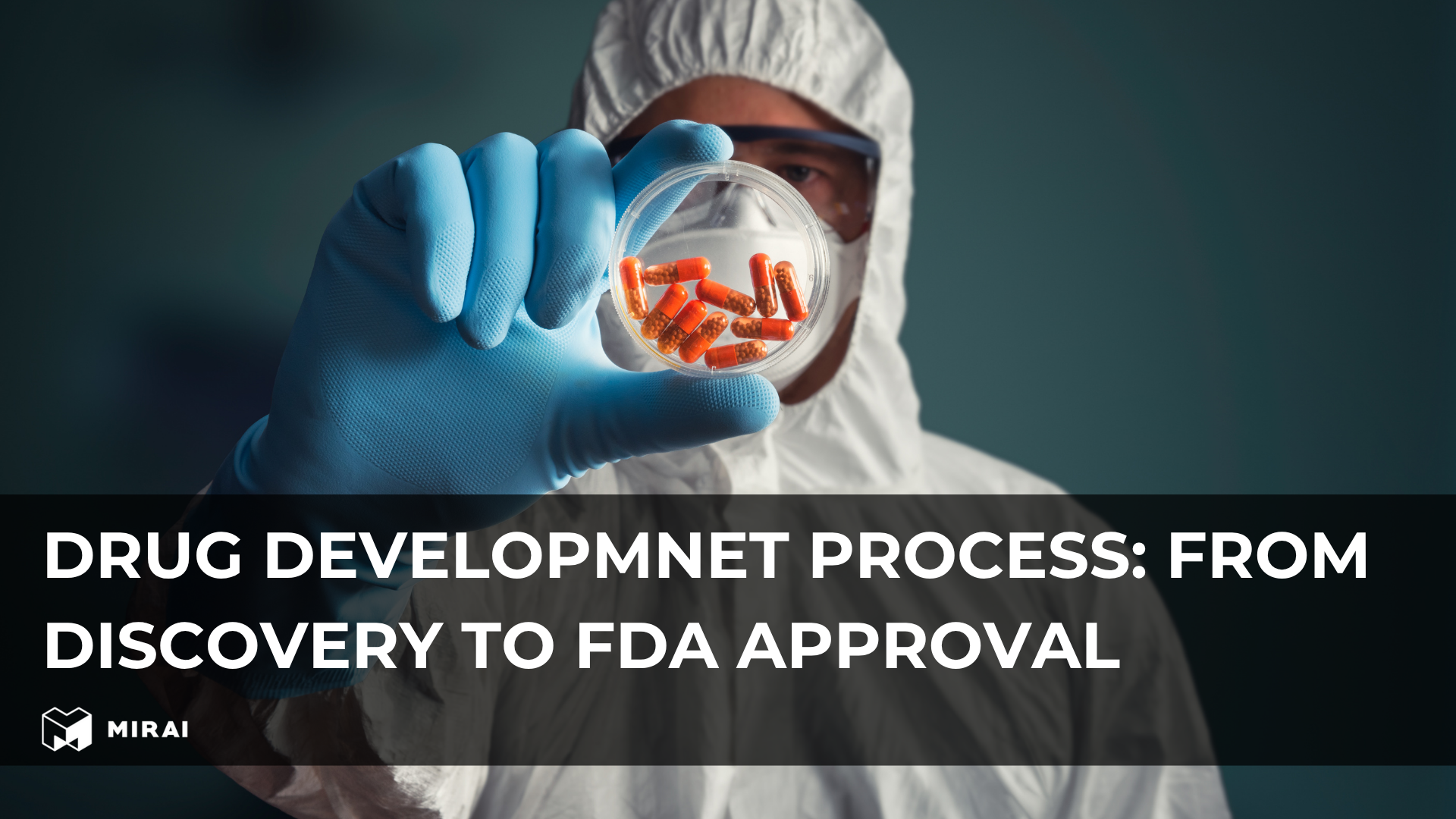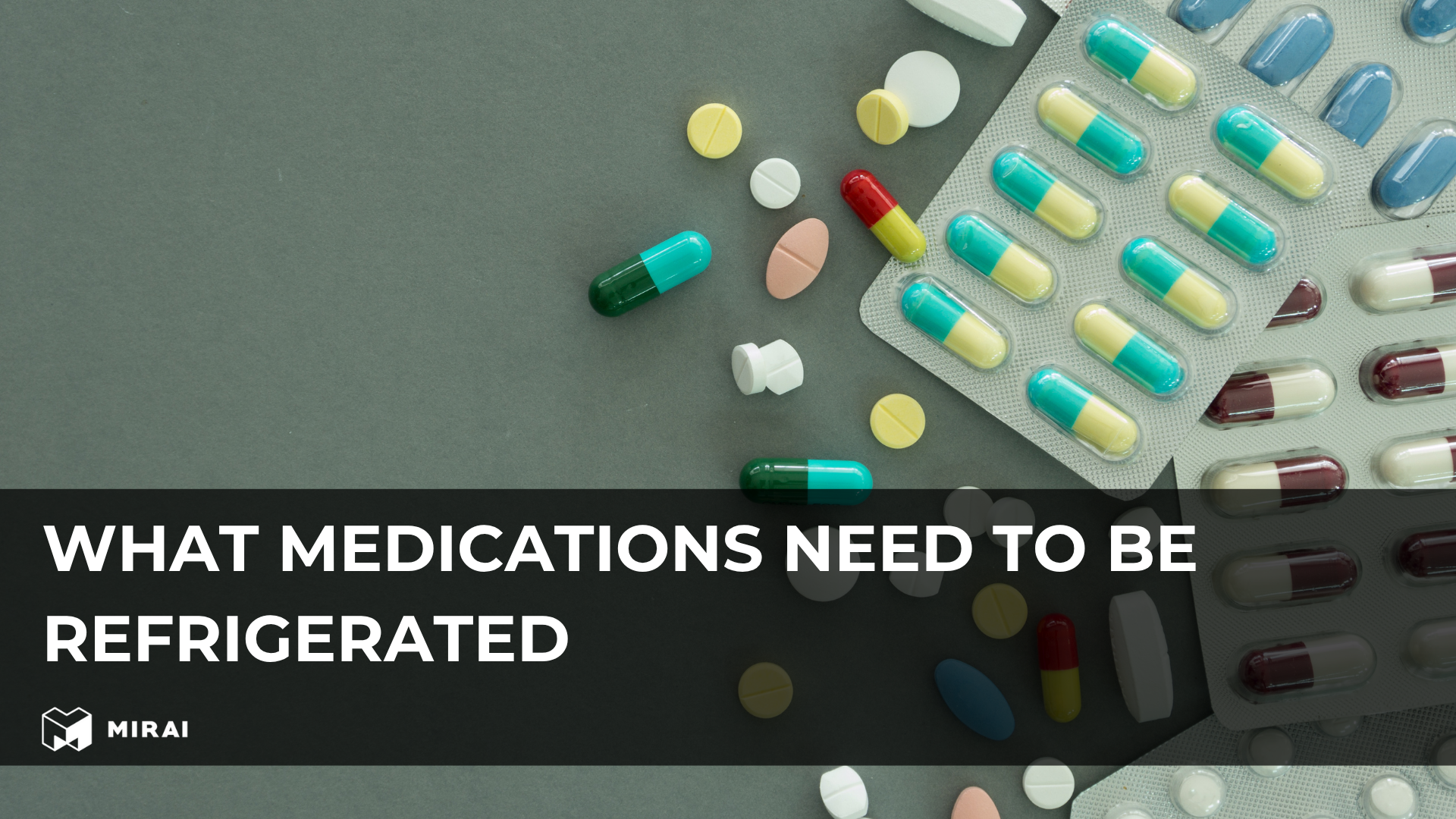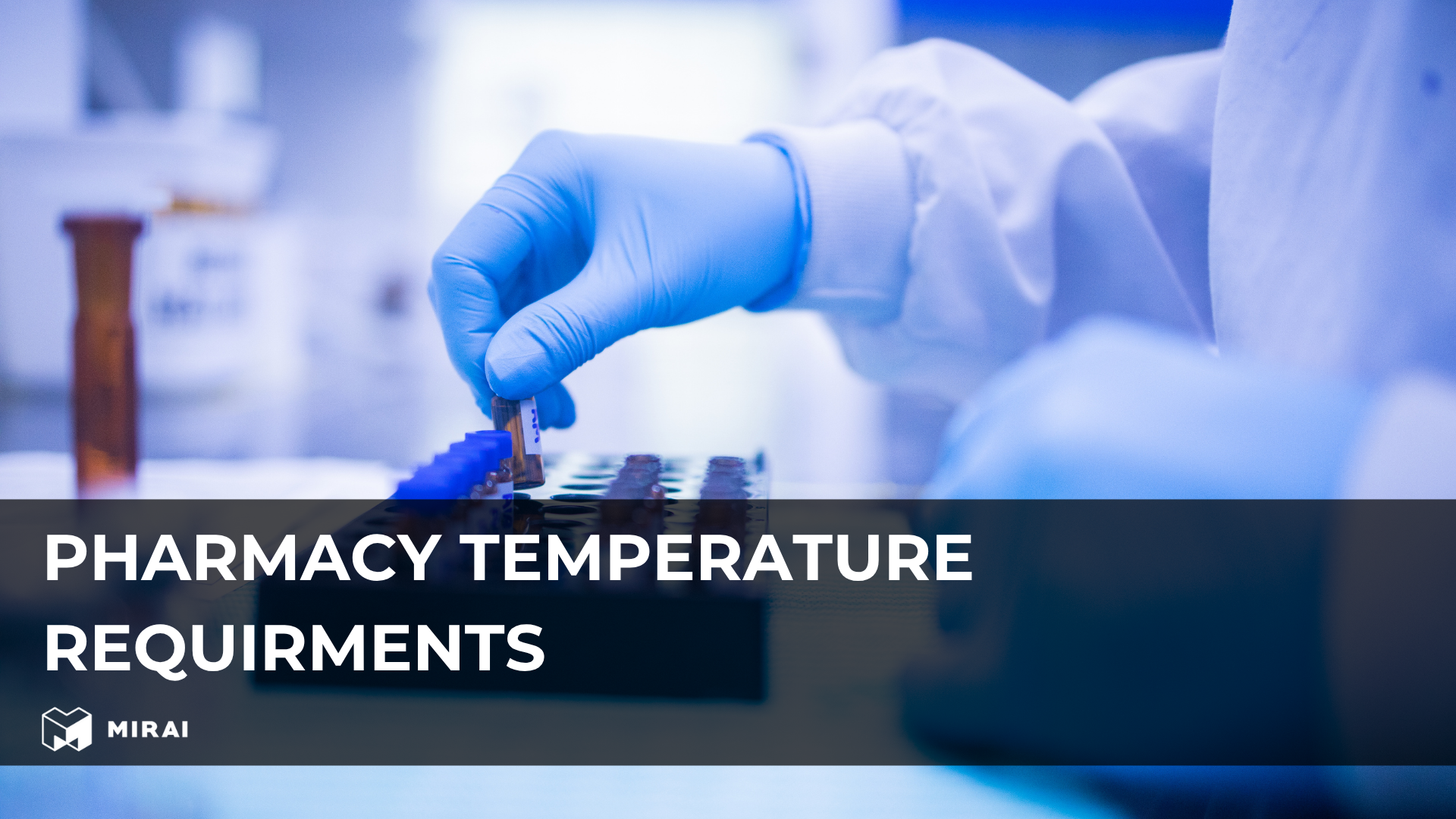The Complete Drug Development Process

Drug development is the process of taking a new drug from the initial idea to market launch. It involves discovery, preclinical research, clinical testing, regulatory approval, and commercialization. This process is complex, costly, and tightly regulated, but it is crucial for bringing safe and effective treatments to patients. Knowing how pharmaceutical development works helps companies use their resources wisely and improve their chances of success.
Key components of drug development
The drug discovery process starts with finding a promising biological target and testing chemical compounds. This phase often uses various assays and research tools. Once a potential drug is identified, preclinical studies assess its safety and effectiveness in lab and animal models.
The later stages of drug product development focus on designing formulations, scaling up manufacturing, and getting ready for clinical trials. Clinical research has multiple phases that test safety, dosage, and efficacy in humans. After successful trials, regulatory bodies like the FDA review the findings to ensure quality and compliance.
Mirai Intex solutions for pharmaceutical development
At Mirai Intex, we provide specialized refrigeration systems that support important phases of drug development. Our machines fit into pharmaceutical transport systems and ensure safe handling of substances that require temperatures from -40 to -160 degrees.
They can serve as storage for pharmaceutical products or be used in lyophilization processes when stability during drying is needed. Unlike traditional systems, Mirai equipment is completely safe, runs on an air cycle, and uses air as the refrigerant, removing risks linked to chemical coolants.
Our solutions provide:
- High efficiency even under partial load conditions
- Precise temperature control of ±0.5 °C
- Easy connection and retrofit to existing industry systems
- Lightweight design for fast installation
This makes our technology a reliable option for the pharmaceutical industry, from early research to large-scale commercialization.
Drug discovery vs drug development
Drug discovery is about finding and confirming potential molecules, while drug development is about turning them into approved pharmaceutical products. The discovery stage relies heavily on research, while development includes formulation, preclinical tests, and clinical trial phases. Both stages are essential steps in the pipeline and need to work together for successful commercialization.
Cost of drug development by phase
The cost of drug development differs depending on the cycle and therapeutic area. Oncology drugs, for instance, usually require more extensive trials. Expenses mount during:
- Preclinical drug development — laboratory tests and animal studies
- Clinical phases — involving thousands of patients
- Regulatory approval — ensuring compliance with FDA requirements
- Manufacturing scale-up — setting up systems for large production
Pharmaceutical companies invest billions in this lifecycle, and the process often takes over a decade.
Preclinical drug development
This phase aims to show that a new formulation is safe before it is tested in humans. It includes toxicity studies, pharmacokinetics, and assay development. Data from preclinical steps are the foundation for clinical trial applications. Mirai solutions can be used in preclinical pipelines for stable storage of substances that need strict cold environments.
Clinical drug development
Clinical development shifts from small groups of volunteers to larger patient populations. Each stage is carefully planned to assess safety and effectiveness.
Clinical trial phases explained:
- Phase I — small groups of healthy volunteers test safety and dosage
- Phase II — patients with the targeted condition assess drug effectiveness
- Phase III — large-scale studies confirm safety and effectiveness and monitor side effects
- Phase IV — post-launch studies gather more lifecycle data
Mirai refrigeration technologies provide secure storage for biological samples and temperature-sensitive formulations used during these stages.
Regulatory approval process
The pharmaceutical approval pipeline involves submitting all data to agencies like the FDA or EMA. Regulators check safety, efficacy, manufacturing quality, and lifecycle control. A detailed flowchart outlines the stages, showing preclinical work, clinical phases, and the submission steps that lead to approval.
FAQ
How long does it take to develop a new drug?
The average timeline for drug development is between 10 and 15 years. This includes the early research stage, preclinical development, multiple phases of clinical trials, and final approval from agencies like the FDA. The timeline can vary depending on therapeutic areas, such as oncology, where longer clinical testing is often needed.
What are the 4 phases of clinical drug development?
The cycle of clinical drug development has four main phases:
- Phase I, which focuses on safety, dosage, and initial research with healthy volunteers.
- Phase II, which tests effectiveness and short-term side effects in patient groups.
- Phase III, which consists of large-scale studies that confirm effectiveness and compare it with existing treatments.
- Phase IV, which involves post-launch studies that often monitor long-term safety and use in larger populations.
Why does drug development take so long?
The pharmaceutical development process is complex because each step aims to minimize risks to patients. Every phase requires extensive research, testing, and validation. Regulatory bodies closely review all data before approving any product. The industry prioritizes patient safety, which prolongs the process but ensures reliability.
What is the cost of drug development?
Developing a pharmaceutical product is expensive, often exceeding $2 billion. Costs build up across the different phases of drug development, including preclinical studies, large clinical trials, regulatory submissions, and commercialization. Expenses for manufacturing, formulation design, and managing the product lifecycle also contribute.
What is the difference between drug discovery and drug development?
Drug discovery focuses on finding new compounds or biological substances with potential therapeutic effects. Drug development turns those discoveries into approved pharmaceutical products through formulation, preclinical testing, clinical trials, and regulatory review. Both steps are essential parts of the pharmaceutical pipeline.
What role does preclinical development play?
Preclinical development makes sure a new substance is safe enough for human testing. It includes laboratory tests, toxicity studies, and animal research. Results from this stage decide if a drug candidate can move into clinical trials.
How does the FDA approval process work?
The FDA approval process involves submitting all preclinical and clinical data, manufacturing details, and plans for lifecycle management. The agency reviews safety, effectiveness, and compliance with regulations. Approval is granted only if all standards are met, allowing for commercialization and launch.
Why is refrigeration important in drug development?
Temperature-sensitive pharmaceutical products need strict storage conditions during research, clinical testing, and commercialization. Mirai Intex systems provide precise cold environments for transport, storage, and lyophilization processes. Our solutions ensure stability and safety at temperatures from -40 to -160 °C, which is critical in the pharmaceutical industry.
What makes Mirai Intex systems different from conventional refrigeration?
Unlike traditional systems that use chemical refrigerants, Mirai equipment operates on an air cycle and uses air as the refrigerant. This makes our technology safe, eco-friendly, and efficient even under partial load. With ±0.5 °C temperature control, a lightweight design, and easy retrofit options, our systems support every stage of drug development.
Conclusion
The drug development process is one of the toughest and most important cycles in the pharmaceutical industry. It involves early discovery and commercialization. This process requires careful design, strict regulation, and effective systems. At Mirai Intex, we help with this lifecycle by offering innovative refrigeration technologies. These technologies ensure stability, safety, and efficiency in the transport, storage, and lyophilization of pharmaceutical products.
Our air-cycle cooling systems are sustainable and provide excellent control and reliability. They support pharmaceutical companies during every phase of drug discovery and development.

